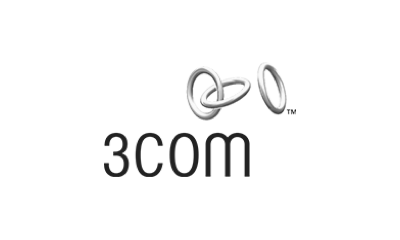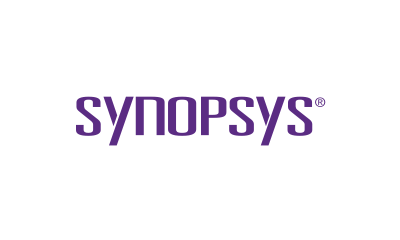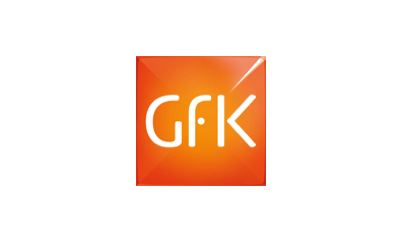Top 10 Business Trends and How CEOs Can Keep Ahead in 2021
Posted by Tech.us Category: Business Trends
Many business trends and innovations are brought about by technology each year. However, the COVID-19 pandemic has accelerated modern technology in a way that was not seen before.
Unlike the dot-com boom, the coronavirus has forced many businesses to adjust out of necessity. Local restaurants are now using Uber Eats, GrubHub, or Postmates to continue catering to their customers. Establishments that never considered remote work are now fully remote. Meanwhile, enterprise organizations have started investing more in internal technologies thanks to COVID-19.
Such significant disruptions have always opened up opportunities for technology to propel a society forward. For instance, companies used to view video conferencing only as an option for work communication. Video calls today have become a daily standard for collaboration.
With the start of a new year, it is time to look towards the future for signals on how technology is going to move the world next. Here are the top 10 business trends in 2021 that CEOs need to know to stay ahead.
1. Workforce Technologies Are Improving Profitability
Absenteeism costs companies billions of dollars every year. In the retail sector, shops are highly dependent on face-to-face interactions, an aspect that the coronavirus has especially made challenging.
The majority of retailers would rather hire additional labor or overschedule than face being understaffed. This approach has led to higher labor expenses and lower profits overall.
With innovative workforce management technologies, retailers can significantly enhance the agility of their workforce by quickly responding to employee absenteeism. Doing so can ultimately improve both business performance and profitability.
One example is a cosmetics brand that recently found itself having difficulties with in-store staffing shortages and the resulting dip in customer service. As a response, its managers started using a staffing optimization platform that handles temporary personnel transfers between branches within the organization.
The technology allowed managers to post staffing requirements and share details on worker availability. The platform can then match managers with available personnel, calculate travel times between sites, and even create payroll information and legal documents.
For the cosmetics brand, having the ability to share employee availability through a digital platform allowed them to optimize their staffing concerns immediately.

2. Edge AI in Factory Tools and Machinery
Edge artificial intelligence (AI) is a network infrastructure that allows computer algorithms to operate close to the devices that are gathering the data. It is considered by many experts to be one of the top business trends in AI.
Two important advantages of edge computing are the ability to preserve bandwidth and improve efficiency. Embedding AI locally allows manufacturers to reduce latency problems, lower cloud service usage and cost, and increase insight generation.

3. 5G for Manufacturing
The fifth-generation mobile network, or simply called 5G, is predicted to generate 22.3 million jobs and achieve a global economic output of $13.2 trillion by 2035. This new realm of technological possibilities and global wireless standard is expected to significantly accelerate the shift toward the Fourth Industrial Revolution.
5G can meet the power needs of millions of connections to data-hungry applications. It is predicted to improve the manufacturing industry using new and more powerful capabilities. Being 100 times faster than 4G, 5G provides notably reduced latency, allowing for extremely fast data sharing and ensuring systems can react in real-time.

4. Data Insights
Data is the heart of what makes almost everything possible today in the business world — whether it involves big data, data storage, data analysis, or data security. However, the change here is how data is now being stored.
Experts predict that a growing number of enterprise generated data will be made and processed outside of the cloud or data center by 2023. Additionally, the amount of data being generated and processed is expected to increase from 40 zettabytes in 2019 to 175 zettabytes by 2025.
How organizations plan to use this data effectively could be the difference between success and failure.

5. Artificial Intelligence in Finance
Insurance agencies and banks are expected to invest more in AI by 2025. To fully exploit the potential of artificial intelligence, company employees need to know how to use it to increase operational performance.
This is why user-friendly AI platforms are being introduced, allowing business employees to easily understand their output and confidently make decisions that are critical for future deployment.

6. Enhanced Cybersecurity
A trending approach that hackers nowadays take is compromising the active directory infrastructure of companies. Doing so allows cybercriminals to take over authentication rights and potentially usurp the identities of key individuals in an organization.
Cybersecurity experts advise companies to improve active directory infrastructure security and invest more in monitoring to identify attacks in real-time. Developing cybersecurity maturity is essential in building a resilient digital organization in 2021 and beyond.

7. Telemedicine
Many healthcare institutions have begun implementing more telehealth services such as AI-based diagnostics, doctor-patient video conferences, and contactless medication delivery.
Telemedicine has surged over the past year by up to 50% compared to pre-pandemic levels. Experts predict that the number of virtual care visits in the US alone will reach close to a billion in 2021.

8. Video Conferencing
If there was one thing the pandemic taught everyone, it is that employees can still be productive despite working remotely. However, human connection is still necessary in every organization.
With video conferencing, virtual teams can work closely together despite being away from each other. The use of video as a means of communication is expected to continue being one of the top business trends in 2021.

9. Industrial Automation Technology
Experts predict that industrial automation will see rapid growth and huge demand in 2021. Although supply and manufacturing chains are returning to normal, manpower shortages will continue to become a major problem. Automation, through AI, the internet of things, and robotics are going to be key solutions for many factories.

10. Virtual and Augmented Reality
Virtual reality (VR) and augmented reality (AR) have seen huge strides in the past year. These immersive innovations have become a part of daily life, from entertainment and even to the business world. The pandemic has further prompted the adoption of this technology as companies sought remote work models, with collaborations and communications extending to AR and VR.
In the years to come, companies such as Microsoft will play a huge role in shaping the world because of the various applications of virtualized technologies.

Conclusion
Development in technology for 2021 can be considered a continuation of the previous year. However, the impact of COVID-19 has propelled many CEOs to innovate. Companies have started upgrading antiquated systems or make use of novel technologies to stay ahead. Many new behaviors will be part of the new normal for this year, helping drive major technological and business trends in the months to come.


Trusted by:






We are a team of technology experts who are passionate about what we do. We LOVE our customers. We LOVE technology. We LOVE helping you grow your business with technology.
Our Company
Our Services
Talk To Us
We are a team of technology experts who are passionate about what we do. We LOVE our customers. We LOVE technology. We LOVE helping you grow your business with technology.
